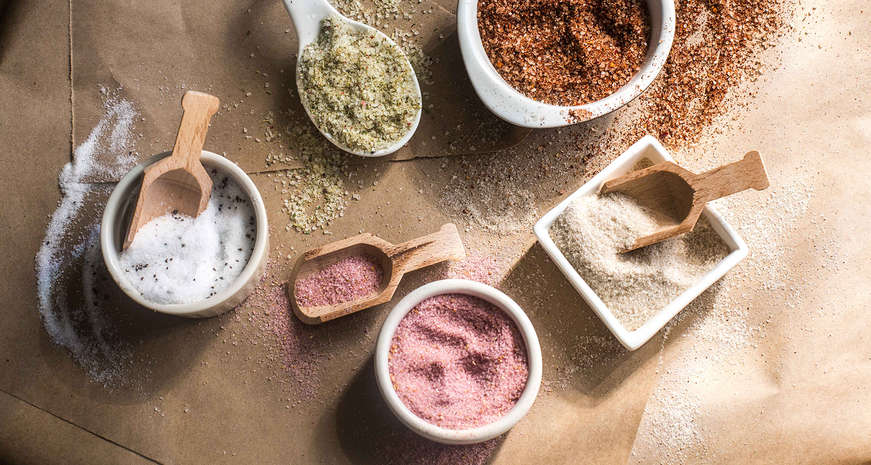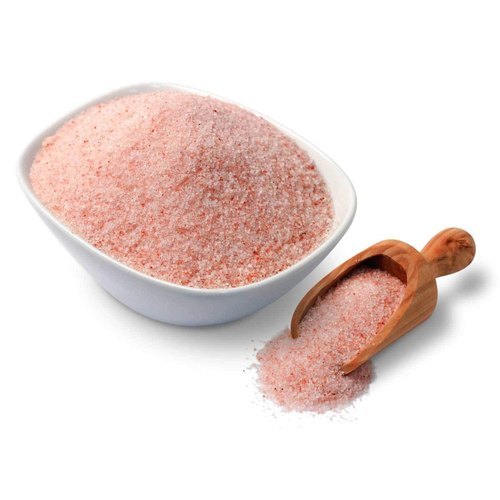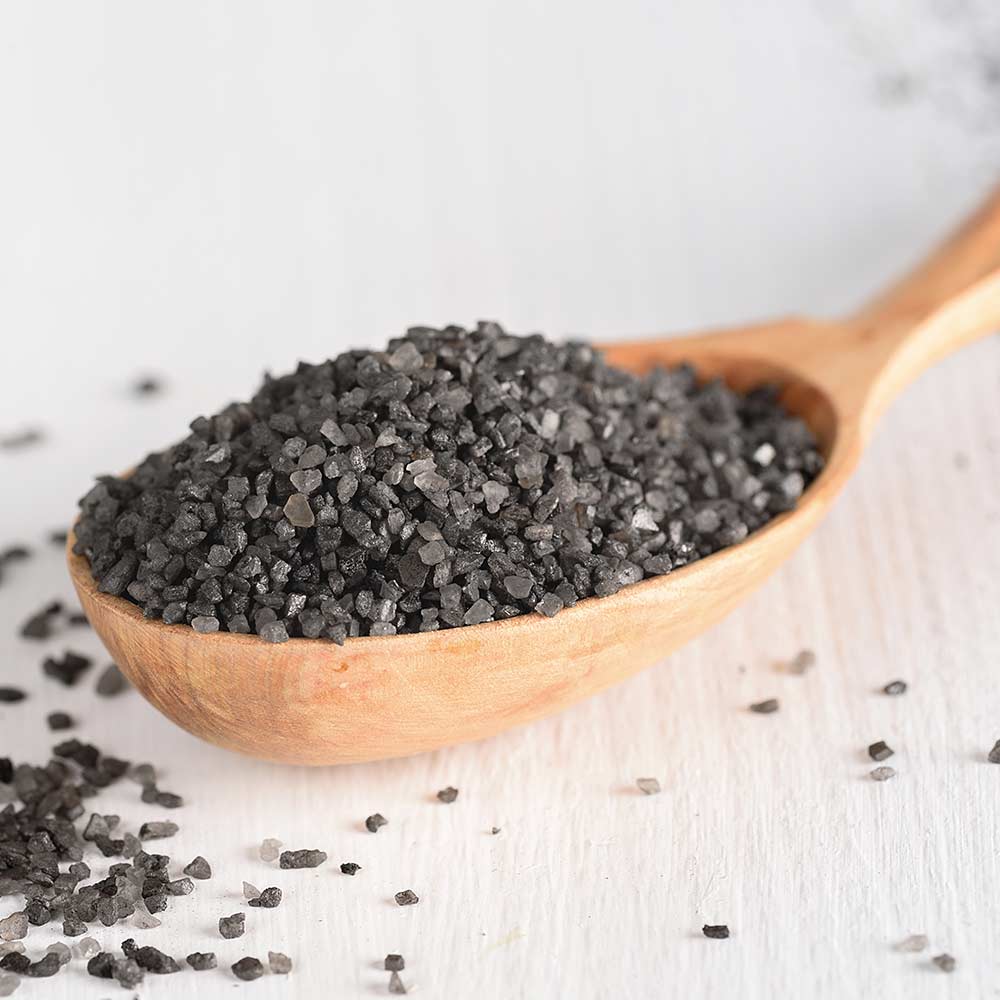For decades, the only salt you could find on shelves was normal table salt. This is however changing with the introduction of other salts like Himalayan, kosher, and sea salts which claim to be premium, healthier, tastier and more natural than table salt.
Salt, regardless of its origin, is a mineral primarily composed of sodium chloride. Normal table salt is mainly mined from underground salt deposits followed by heavy processing to remove impurities and minerals, and to fortify it with iodine. Normal table salt is composed of about 97 to 99 percent sodium chloride.
All salts contain sodium, an essential nutrient that works as an electrolyte to transport nerve impulses and maintain the body’s fluid balance. Too much sodium makes the body retain too much water raising one’s blood pressure. The World Health Organization recommends that adults keep their salt intake at just under 5grams, just under a teaspoon of salt per day. Children should consume less with quantity reducing as age goes down.
The main reason why these other salts have gained popularity is because they are marketed as being low in sodium and more nutrient dense. However, all these salts are chemically similar with comparable amounts of sodium. The main difference is usually in texture, color, taste and how they are processed.
Although the pink Himalayan salt is mined from salt rocks found near the foot hills of the Himalayas it is chemically similar to the common salt, with a sodium chloride content of 98%. The remaining 2% is made up of several trace minerals. The content of the trace minerals is too little to provide any significant additional health benefit. Since Himalayan salt has larger crystals than the normal table salt, it contains less salt per teaspoon. It is also tastier meaning small quantities can be used to achieve same taste compared to common salt.
Black salt also known as kala namak or black Himalayan salt is a volcanic salt that contains sodium chloride like other salts with additional trace amounts of sulfur compounds which gives it the pungent smell and tangy taste. A lot of black salt today is made synthetically by mixing sodium chloride with sulfur compounds and charcoal.
Sea salt comes from evaporation of ocean water or water from salty water lakes with little or no additional processing. This leaves behind trace elements and minerals that add to its flavor and color. It has a coarser texture and naturally contains iodine though in minimal amounts. Just like common salt, it contains approximately 98% sodium chloride. Leaving only 2% of trace elements and minerals which makes them unlikely to provide any substantial benefits. Since there is little or no processing, it may contain impurities, including trace amounts of heavy metals and micro-plastics.
Kosher is a term used to describe foods that conform with dietary guidelines established by traditional Jewish law. Salt is used to ‘kosher’ meat by helping drain blood off the meat. This is where kosher salt coined its name. There really is no chemical difference between kosher and table salt. The only difference is that they tend to have larger grains and are not iodized. Absence of iodine gives them a cleaner taste.
Salt is salt! It doesn’t matter how expensive it is or whether it comes from the seven seas, Lake Magadi or the Himalayas. Choosing one type of salt over the other is therefore unlikely to have any substantial health benefits. The main benefit of choosing other salts that are less processed would be to avoid additives and anti-caking compounds, which are harmless.
At the end of the day, whatever salt you chose, it is the amount consumed that matters. The main purpose of salt is to add flavor to your food. It is not a healthy remedy.



